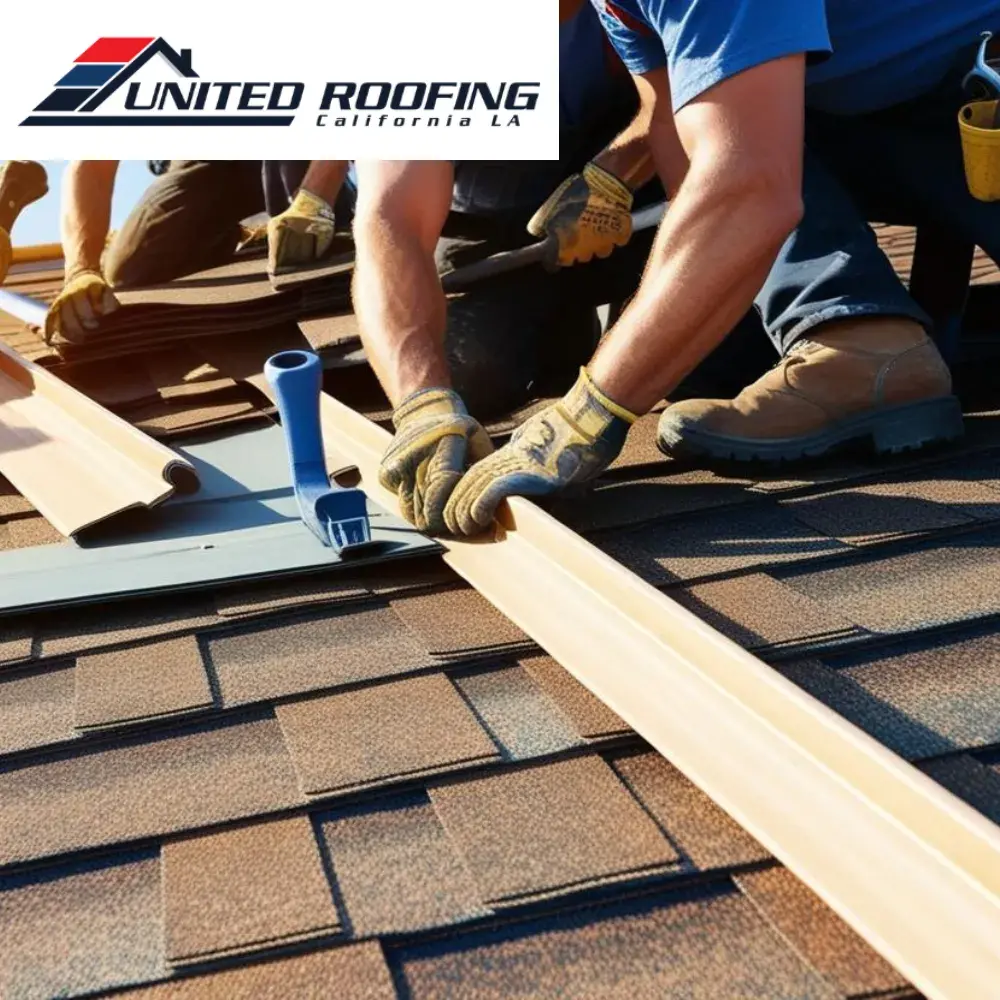Before starting a full roof replacement, a thorough inspection is essential to evaluate the condition of your existing roofing system. An expert assessment ensures that every critical issue is identified and addressed before the new installation begins. This step-by-step inspection process helps property owners make informed decisions, reduces unexpected delays, and guarantees that the Roofing Replacement will be successful and long-lasting. Paying close attention during the inspection phase sets the foundation for a quality project outcome.
Exterior Evaluation of Roofing Components
The first step in a roof replacement inspection is a detailed exterior review. A professional will examine shingles, flashing, vents, and drainage systems for signs of wear, damage, or aging. They also check for sagging areas, algae growth, and missing granules, all of which indicate that the existing roof is no longer performing as it should. Identifying these issues early ensures the new Roofing Replacement will correct all underlying vulnerabilities and prevent future complications.
Interior Inspection for Hidden Damage
Inspecting the interior spaces of a home or building is just as important as examining the roof surface. Roofing professionals often check attics, ceilings, and insulation for signs of leaks, water stains, mold, or inadequate ventilation. Hidden moisture problems inside the structure can impact the success of the new roof if not properly addressed. Interior evaluations provide a complete picture of the damage and guide the scope of work needed to ensure a watertight, energy-efficient roofing system.
Structural and Decking Assessment
A solid foundation is crucial for any new roof installation. During the inspection, roofers examine the condition of the roof deck and supporting structures beneath the surface materials. They look for signs of rot, deterioration, or weakened framing that could compromise the stability of the new system. If decking repairs are necessary, addressing them before installation begins guarantees that the Roofing Replacement will have a secure and reliable base to build upon.
Final Recommendations and Project Planning
After completing the inspection, a professional will present their findings and recommend the best course of action. This includes selecting materials, addressing ventilation needs, and scheduling the project timeline. Clear communication at this stage ensures homeowners understand the full scope of work and what to expect during the replacement. Careful planning based on a detailed inspection minimizes surprises and lays the groundwork for a smooth and successful roof upgrade.
Learn More
How Weather Conditions Affect Roofing Replacement Assessments

